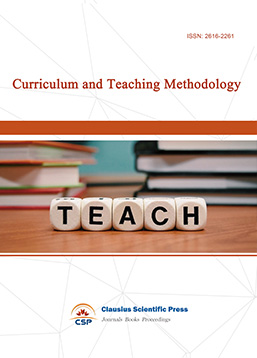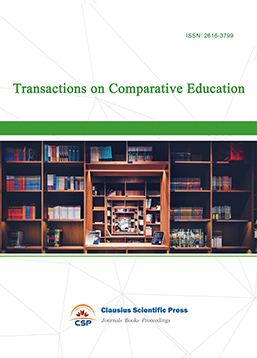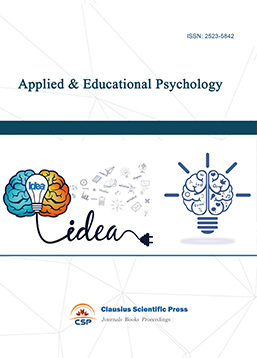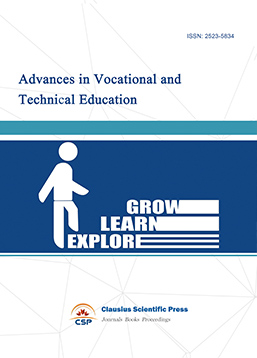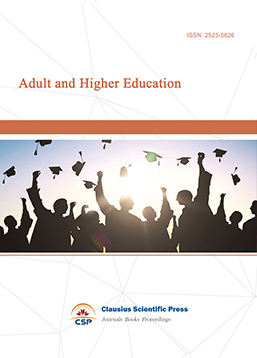Differential Impact Pathways of Sports Types on College Students' Mental Health
DOI: 10.23977/aetp.2025.090409 | Downloads: 22 | Views: 410
Author(s)
Keren Zhou 1, Ruhan Lin 2
Affiliation(s)
1 School of Ophthalmology and Optometry, Wenzhou Medical University, Wenzhou, Zhejiang, China
2 Department of Sports Science, Wenzhou Medical University, Wenzhou, Zhejiang, China
Corresponding Author
Ruhan LinABSTRACT
This study employs qualitative research methods to systematically explore the mechanisms through which three types of sports—team competitive, individual competitive, and performance-aesthetic—affect college students' mental health. Based on positive psychology theory, social cognitive theory, and the dynamic model of psychological resilience, a dual-mediation theoretical model was constructed: "sports type → self-efficacy/psychological resilience → mental health." The findings indicate: (1) team competitive sports exert benefits via social support pathways ("Team cooperation → Belongingness → Psychological resilience") and role identity pathways ("Positional specialization → Role responsibility → self-efficacy"); (2) individual competitive sports function through skill refinement pathways ("Technical mastery → Competence confidence → self-efficacy") and independent coping pathways ("Independent coping → Emotion regulation → Psychological resilience"); (3) performance-aesthetic sports impact through body awareness pathways ("Movement precision → Body control → self-efficacy") and rhythm regulation pathways ("Rhythmic synchronization → Emotion regulation → Psychological resilience"). This study offers a systematic theoretical framework and practical guidance for implementing precision sports psychological interventions in higher education institutions.
KEYWORDS
Sports Psychology; Sports Types; Self-efficacy; Psychological Resilience; Mediation Model; College Students' Mental HealthCITE THIS PAPER
Keren Zhou, Ruhan Lin, Differential Impact Pathways of Sports Types on College Students' Mental Health. Advances in Educational Technology and Psychology (2025) Vol. 9: 58-62. DOI: http://dx.doi.org/10.23977/aetp.2025.090409.
REFERENCES
[1] Chew E Y, Clemons T E, Bressler S B, et al. Randomized trial of a home monitoring system for early detection of choroidal neovascularization home monitoring of the Eye (HOME) study [J]. Ophthalmology, 2014, 121(2): 535-544.
[2] Gao L, Xie Y, Jia C, Wang W. Prevalence of depression among Chinese university students: a systematic review and meta-analysis [J]. Sci Rep, 2020, 10(1): 15897.
[3] Li Z Z, Li Y M, Lei X Y, et al. Prevalence of suicidal ideation in Chinese college students: a meta-analysis [J]. PLoS One, 2014, 9(10): e104368.
[4] Mikkelsen K, Stojanovska L, Polenakovic M, et al. Exercise and mental health [J]. Maturitas, 2017, 106: 48-56.
[5] Hefferon K, Boniwell I. Positive psychology: Theory, research and applications [M]. McGraw-Hill Education (UK), 2011.
[6] Bandura A. Social Cognitive Theory: An Agentic Perspective [J]. Annual Review of Psychology, 2001, 52(Volume 52, 2001): 1-26.
[7] Fan J, Huang Y, Yang F, et al. Psychological health status of Chinese university students: based on Psychological Resilience Dynamic System Model [J]. Frontiers in Public Health, 2024, 12: 1382217.
| Downloads: | 47107 |
|---|---|
| Visits: | 2009756 |

 Download as PDF
Download as PDF